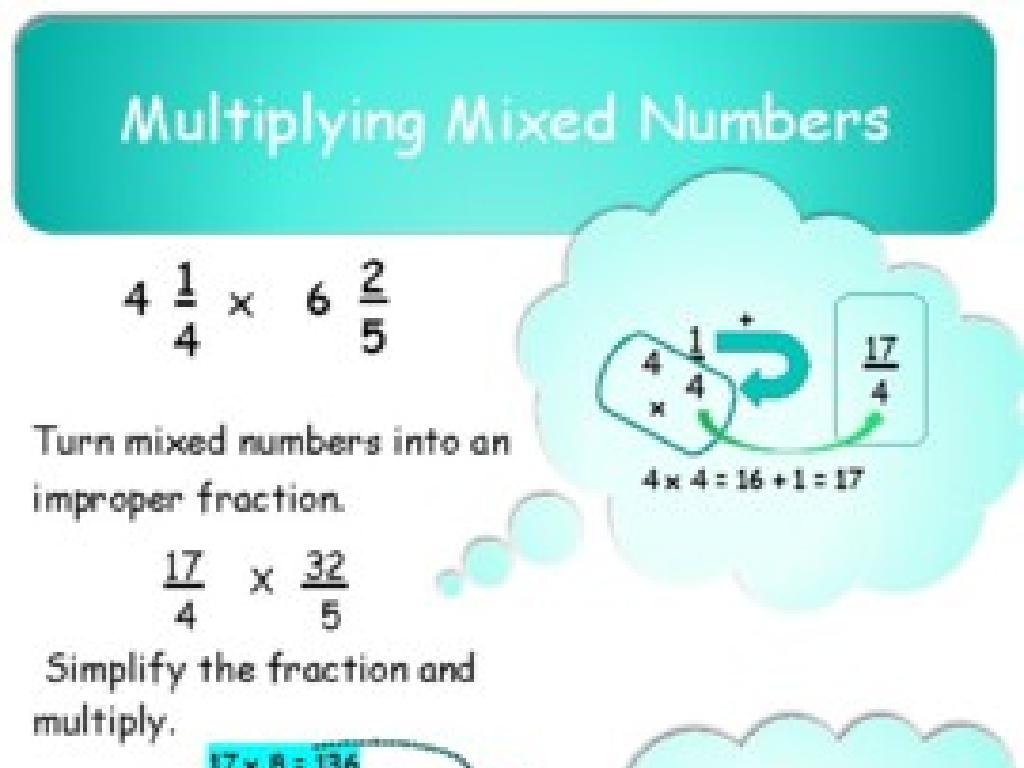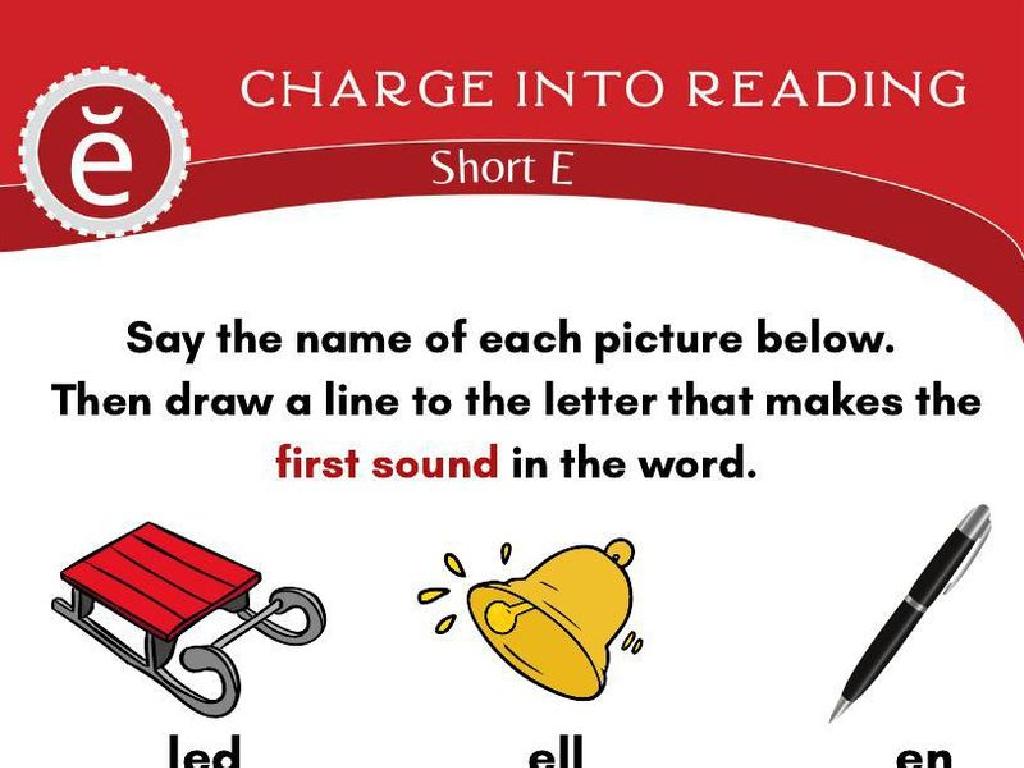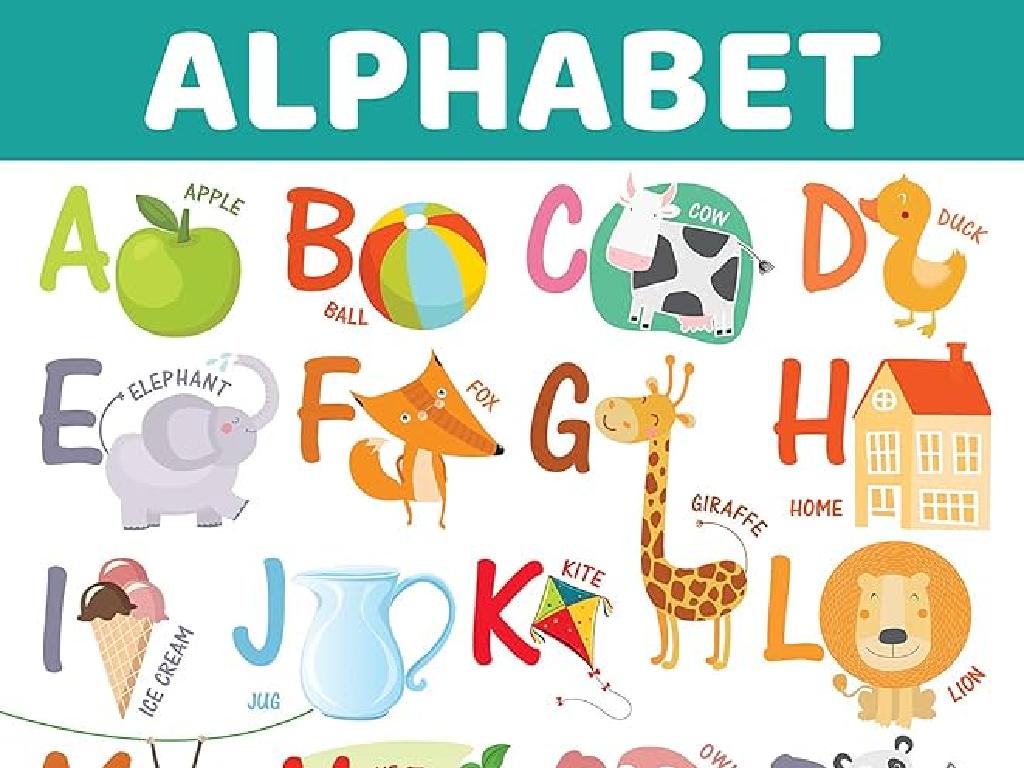American Civics
Subject: Arts and humanities
Grade: High school
Topic: Us Government And Civics
Please LOG IN to download the presentation. Access is available to registered users only.
View More Content
Introduction to American Civics
– Foundations of US Government
– Explore the Constitution, Bill of Rights, and Federalism
– Civic engagement significance
– Understanding our role in democracy and community
– Today’s lesson overview
– What we’ll cover: branches of government, elections, and citizen responsibilities
– Engaging with civics today
|
This slide introduces the core concepts of American civics, which is the study of the rights and duties of citizenship. The foundations of the US Government are built upon the Constitution and the Bill of Rights, which outline the structure of the government and the rights of the citizens. Civic engagement is crucial for a functioning democracy, as it involves citizens participating in the political process and community activities. Today’s lesson will provide an overview of the US government and civics, including the branches of government, how elections work, and what it means to be a responsible citizen. Encourage students to think about how they can participate in their communities and the importance of staying informed about civic issues.
The U.S. Constitution: Foundation of American Government
– Constitution: Supreme Law
– The Constitution is the highest form of law in the U.S.
– Key Principles: Separation, Checks, Federalism
– Separation of powers divides government roles; checks and balances ensure no branch has too much power; federalism shares power between national and state governments.
– Understanding the Bill of Rights
– The first 10 amendments protect individual freedoms and rights.
– The Role of Amendments
– Amendments allow the Constitution to evolve with society.
|
This slide introduces the U.S. Constitution as the ultimate legal authority in the United States. Highlight the three key principles that ensure the government’s power is balanced and not centralized. Discuss the Bill of Rights, which enumerates essential freedoms and legal protections for citizens. Emphasize the importance of amendments in adapting the Constitution to changing times and societal values. Encourage students to think about how these principles apply to current events and the importance of constitutional rights in their daily lives.
The Three Branches of US Government
– Legislative Branch: Congress
– Comprised of the Senate and House of Representatives
– Executive Branch: The Presidency
– Consists of the President, Vice President, and Cabinet
– Judicial Branch: The Supreme Court
– Includes the Supreme Court and lower federal courts
– Balance of Power
– Each branch has distinct powers ensuring a system of checks and balances
|
This slide introduces the three pillars of the US government, designed to ensure a balance of power and prevent any one branch from becoming too powerful. The Legislative Branch, made up of the Senate and the House of Representatives, is responsible for making laws. The Executive Branch, headed by the President, enforces these laws. The Judicial Branch, led by the Supreme Court, interprets the laws. It’s crucial for students to understand how these branches work independently and together to govern the country. Discuss examples of how each branch exercises its power, such as the President vetoing a bill or the Supreme Court ruling a law unconstitutional. This will help students grasp the practical application of the separation of powers in the US government.
Federal vs. State Governments: Division of Powers
– Explore division of powers
– The Constitution divides authority between federal and state governments.
– Federal powers: defense, currency, commerce
– Federal gov handles military, prints money, regulates trade between states.
– State powers: education, police, local gov
– State gov oversees schools, law enforcement, and local administration.
– Balance between federal and state
|
This slide aims to clarify the distinct roles of the federal and state governments in the United States. The division of powers is a fundamental aspect of American civics, ensuring a balance between centralized authority and local autonomy. Federal powers include national defense, managing the currency, and regulating interstate commerce to ensure a unified economic space. State powers are more focused on the local needs, such as managing public education systems, law enforcement, and the functioning of local governments. It’s crucial for students to understand that this balance allows for a flexible government that can meet both national and local needs. Discuss examples like the Department of Defense for federal powers and state-funded universities for state powers to illustrate these concepts.
The Electoral Process in the United States
– Overview of leader election
– Understanding the Electoral College
– A unique system for presidential elections, not a direct popular vote
– Exploring voting rights
– Amendments that expanded suffrage, e.g., 15th, 19th, 26th
– Discussing voter responsibilities
– The duty to be informed and participate in elections
|
This slide aims to provide students with a clear understanding of how leaders are elected in the United States, focusing on the high school level for an Arts and Humanities class. Begin with a general overview of the electoral process, including primaries, general elections, and the role of political parties. Dive into the Electoral College system, explaining its origins, function, and impact on presidential elections. Highlight key amendments to the U.S. Constitution that have expanded voting rights over time, including the 15th Amendment (race), 19th Amendment (gender), and 26th Amendment (age). Lastly, discuss the responsibilities of voters, such as staying informed on issues and candidates, understanding the impact of their vote, and participating in the democratic process. Encourage students to reflect on the importance of their civic duties and the power of their vote.
Civic Duties and Responsibilities
– Understanding Jury Duty
– A civic duty to serve as a juror in legal proceedings.
– The significance of Voting
– Voting is a powerful way to voice opinions in democracy.
– Tax Contribution to Society
– Taxes fund public services and infrastructure.
– Community Engagement
– Volunteering and participating in local events.
|
This slide aims to educate high school students on the fundamental civic duties and responsibilities that are part of being an engaged citizen in the United States. Jury duty is a service to the justice system that ensures a fair trial. Voting is a cornerstone of democracy, allowing citizens to influence government and policy. Paying taxes is essential for the maintenance and development of public services and infrastructure. Community service and participation strengthen societal bonds and contribute to the well-being of the neighborhood and the country at large. Encourage students to discuss how each of these responsibilities impacts not only their lives but also the fabric of the nation. Highlight the importance of staying informed on current events and issues to be an effective participant in the democratic process.
Class Activity: Mock Election
– Experience voting firsthand
– Comprehend vote significance
– Reflect and discuss the process
– Think about how it felt to vote and why every vote matters.
|
This class activity is designed to simulate the voting process to give students a practical understanding of how elections work. Set up a mock election with candidates or issues to vote on. Students will cast their votes in a private setting, mimicking a real voting booth experience. After voting, lead a class discussion on the importance of each vote and how it contributes to the democratic process. Encourage students to reflect on their feelings during the mock election and the potential impact of their vote. Possible activities include assigning roles such as poll workers, having students create campaign materials, or researching real-life election procedures to compare with the mock election.






